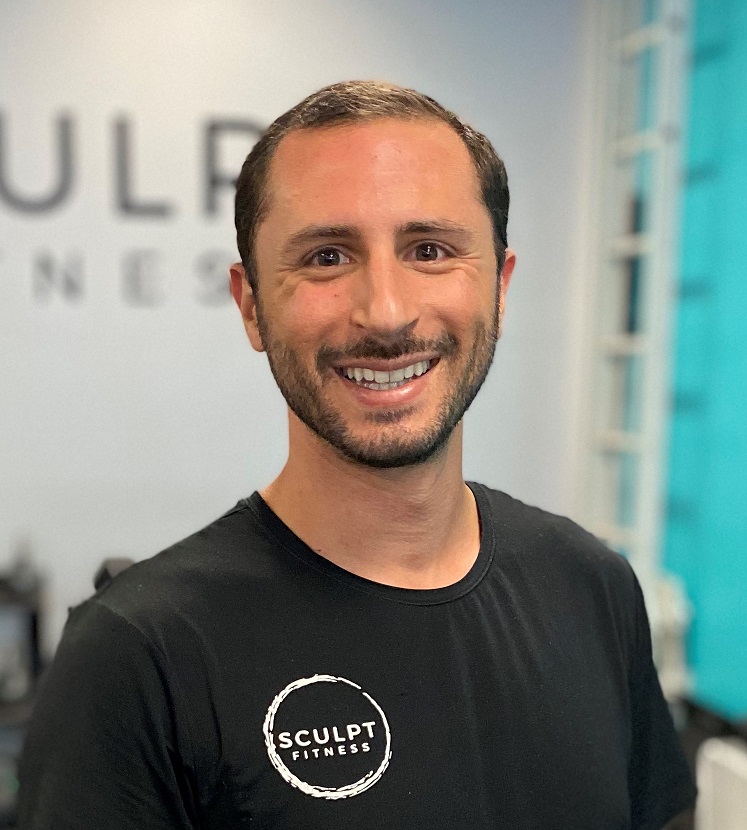Will No Pain, No Gain Lead to Better Results? Busting the Fitness Myth
The phrase “No Pain, No Gain” has been a rallying cry in gyms for decades, suggesting that the more discomfort you endure, the bigger the rewards. But does pushing through pain really lead to better fitness results? In Episode 4 of our Mythbusting Series on YouTube, “Will No Pain, No Gain Lead to Better Results?”, Coach Angel tackles this popular motto head-on. Here, we’ll dig deeper into why this saying is misleading, how to distinguish between soreness and pain, and what actually drives progress in your fitness journey.
Table of Contents
The Myth Unraveled
At its core, “No Pain, No Gain” implies that extreme effort—and even suffering—is the only path to success. Sure, some discomfort is part of the deal when you’re challenging your body. A tough set of squats or a killer lat pulldown (like we covered in Mastering the Lat Pulldown for a Stronger, More Defined Back) will leave your muscles feeling it the next day. That soreness—known as Delayed Onset Muscle Soreness (DOMS)—is a normal sign your muscles are adapting. But pain? That’s a different story.
Pain isn’t a badge of honor; it’s a warning signal. Pushing through sharp, acute discomfort or extreme fatigue during a workout can lead to injury, setbacks, and even long-term damage. So, while effort is essential, the idea that more pain equals more gain doesn’t hold up. Let’s break it down.
Soreness vs. Pain: Know the Difference
Soreness is that tight, achy feeling you get a day or two after a solid workout. It’s your muscles repairing and growing stronger—perfectly normal and expected. Pain, on the other hand, is sharper, more immediate, and often localized. It might show up as a twinge in your shoulder during a lift or a stabbing sensation in your knee mid-squat. Ignoring it or “pushing through” risks turning a minor issue into a major one.
Not sure how to handle post-workout soreness? Check out How to Reduce Muscle Soreness for practical recovery tips. And if you’re wondering why you’re sore again and again, Sore Again? This Is Why dives into the science of repeated soreness and how to manage it.
The Danger of Overdoing It
The “No Pain, No Gain” mindset often pushes people past their limits, especially when fatigue sets in. Extreme exhaustion during a session—think shaky limbs or a racing heart that won’t settle—means you’re no longer training effectively. You’re just courting injury. Coach Angel emphasizes listening to your body’s cues: discomfort is okay, but pain is your signal to stop. This isn’t about slacking off—it’s about training smarter.
For a deeper look at balancing effort and recovery, see The Sweet Spot Between Good and Bad Stress. Finding that line ensures you’re challenging yourself without breaking down.
What Really Drives Results?
If pain isn’t the key, what is? Results come from consistent, intentional effort—not reckless suffering. Here’s what works:
- Progressive Overload: Gradually increasing the challenge—whether it’s weight, reps, or time under tension—builds strength and muscle safely. Learn more in Progressive Overload Strength Training.
- Proper Form: Executing moves correctly maximizes gains and minimizes risk. Revisit Mastering the Lat Pulldown for a prime example.
- Recovery: Rest and nutrition fuel muscle repair. Skimp on these, and your hard work stalls. Explore Recovering When Sick for tips on bouncing back smarter.
The real “gain” comes from showing up, pushing your limits intelligently, and giving your body what it needs to adapt. No pain required.
Rethinking the Motto
“No Pain, No Gain” might sound motivating, but it’s a half-truth at best. Yes, effort matters—nobody’s getting stronger without some sweat. But mistaking pain for progress is a trap. Instead of chasing discomfort, focus on consistency and strategy. Want to craft a routine that delivers without burning you out? Check out 10 Surprising Tips for Crafting an Effective Workout Routine.
Watch and Learn
Coach Angel breaks this all down in the video, with clear examples of what to embrace (discomfort) and what to avoid (pain). If you’re ready to train hard and smart, our team at Sculpt Fitness is here to guide you—whether through personal training or small group boot camps in Long Beach, CA.
